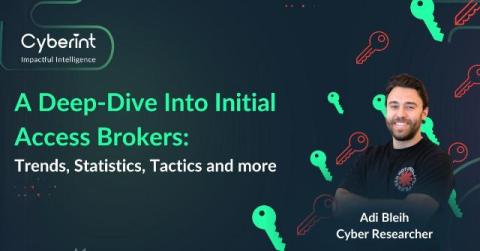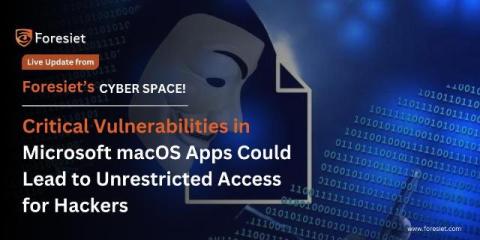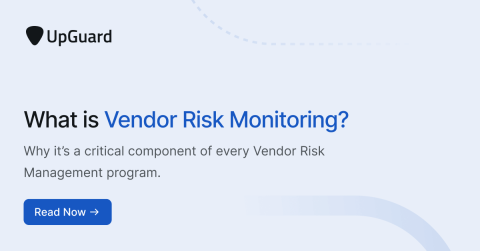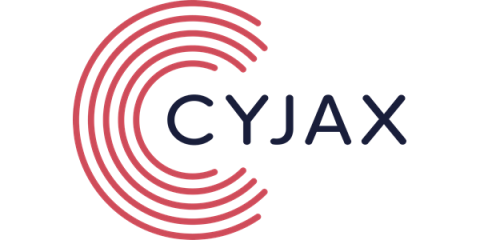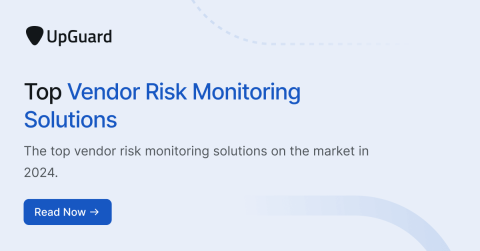The Final Shell: Introducing ShellSweepX
Over the last year, we have continued to witness web shells breaching organizations worldwide, affecting both edge devices and on-premise web applications. Web shells consistently evade standard controls, posing a persistent threat. Today, the Splunk Threat Research Team is excited to announce the final tool in the ShellSweep collection: ShellSweepX.



